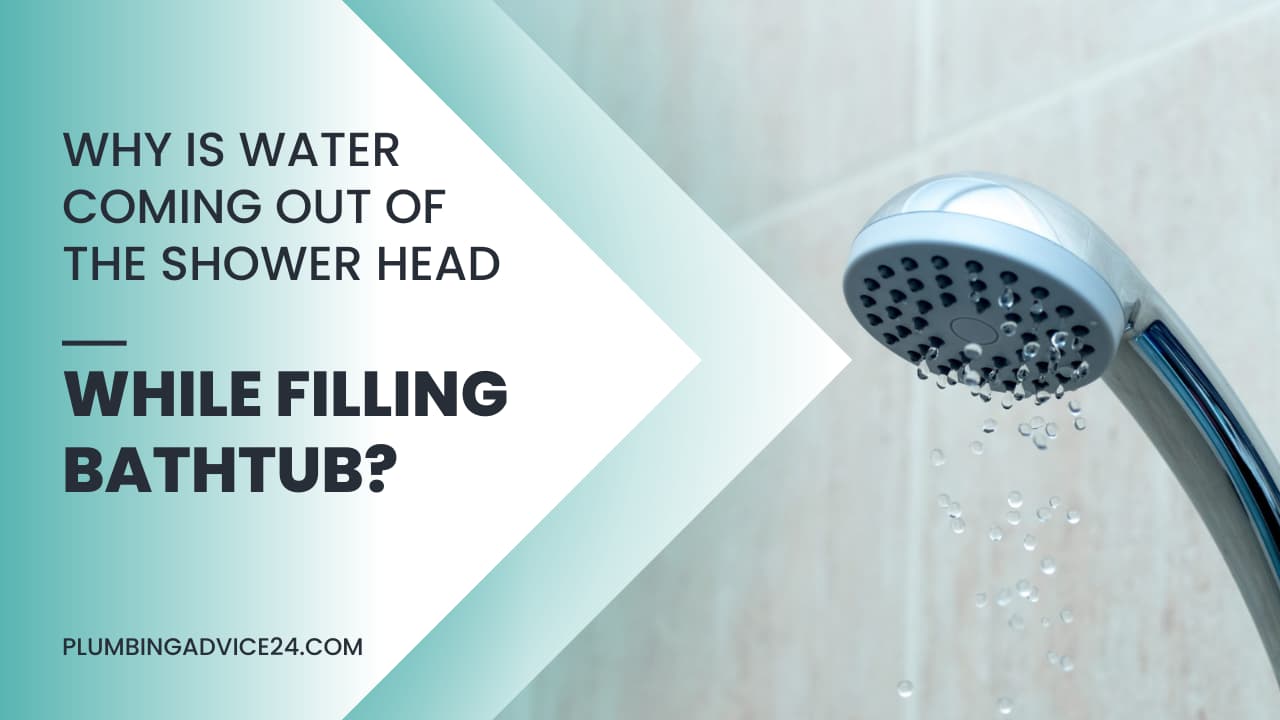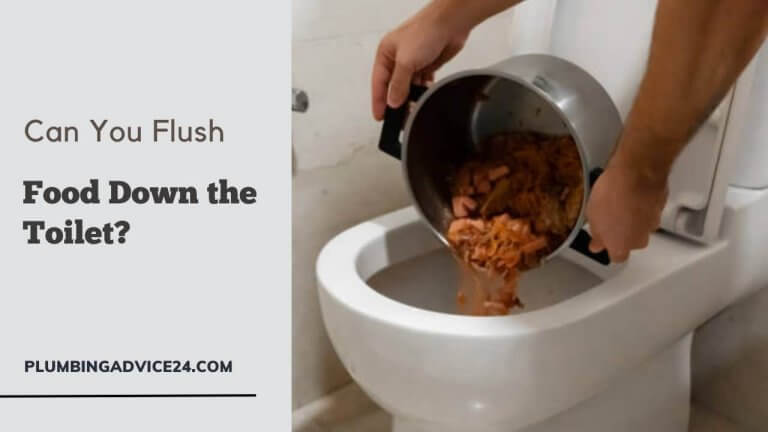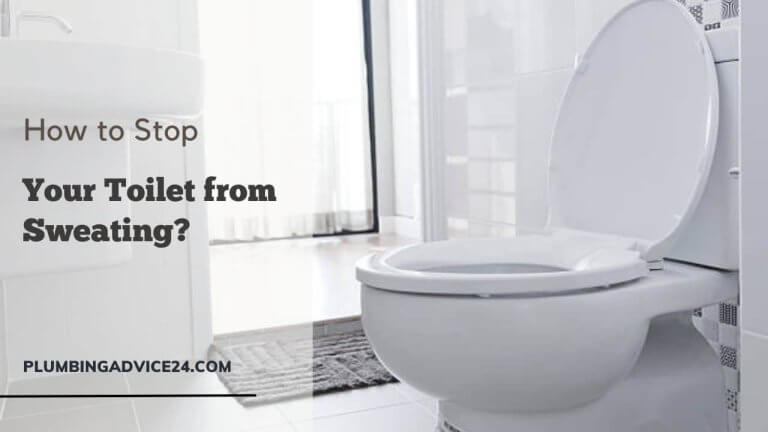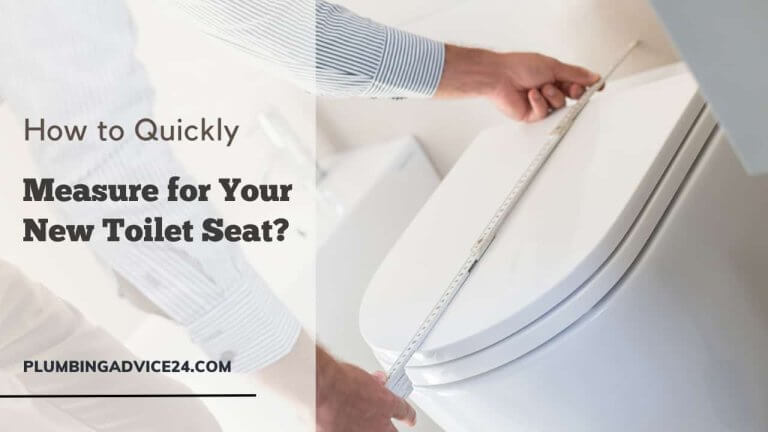Why Is Water Coming Out Of The Shower Head While Filling Bathtub?
Have you ever been astounded by the forceful water coming out of the shower head when the water is turned on for filling the bathtub? Surprisingly, it only occurs sometimes. It may be easier to fix than you think, which is excellent news. People only need to be aware of the problem and know what to do to fix it.
There are several potential causes for this. A broken diverter valve, poor installation, or problems with water flow bring on most problems. What caused the problem doesn’t really matter since it can be fixed easily.
Whether this is your first DIY project or you are a licensed plumber doesn’t matter. We’ll go through how to address a scenario like this in the following sentences. You will also discover how to fix the problem to keep the water flowing.
Determine the Root of the Problem Before Making Any Repairs:
Turn on the water even if you know the water coming out of the shower head. If you want to check your bathtub tap, do it while it still turns. A broken diverter valve is most likely to blame if the leak continues. The sink spout must be replaced right away. A water leak behind your wall might be much worse if you disregarded it.
A different approach is to watch the water pressure and note any changes. If you see a change, the setup could have been more problematic. The water flow may be limited if the lines are not placed correctly. However, if no water is released, there is a problem with the water supply.
Now That You’ve Located the Problem, What Will You Do?
Verify the bathtub’s spout functionality. Your tap’s spout is most likely to blame. You won’t have to spend any more time than is necessary fixing the spout if it breaks. Additionally, you will only need to spend what is essential. Finding ways to save expenses whenever and wherever you may be is critical.
Remove the faucet.
Most bathtub faucets are either fastened into place or slid onto the spout. The following requirements must be completed to utilize one of these methods:
Use Screwdrivers or hex keys.
Verify that the tap’s bottom screw is tight. Pick one of the most typical screwdrivers, such as a blade, Philips, or hex key.
A putty knife.
A razor blade will do if you don’t have a putty knife. The glue that has built up between the washbasin and the wall is easily removed with this tool. A joint knife or razor is not required if there is no glue.
Use a Torch.
Finding the screw that secures the tap from behind could be challenging. This work will be considerably easier with the torch. You must find and remove the tap screw. Scrape the glue from the wall where the tap was attached after that.
You may turn off the sink’s tap after you’ve finished these two quick steps. Pull up on the slip-on tap to take it down from the wall. Turn a screw on 90 degrees to alter the threading. You can take it down from the wall after five or six turns.
Check Bathtub Faucet.
After closing the tap, start the water. The shower is broken if water isn’t coming out of the spout. You may quickly check if your sink’s spout is blocked by anything. Use a toothpick or tweezers to get rid of anything obstructing the path. If the old bathtub tap doesn’t come off, you can replace it.
Once again, the diverter valve may be the cause of the issue. Pull up the diverter valve to turn on the water supply to your shower head. Instead of fixing this part, replacing the whole tap could be less expensive.
How to Recognize Errors During Installation and Issues Related to Water Flow?
You may go on to the next probable reason if your tap operates normally. Verifying that the installation proceeded well is the next step. Verify the following details often: Half-inch galvanized iron pipe or half-inch copper pipe is used to make the port valve in your bathtub.
The plastic pipes used by the fitting must be replaced. Incorrect installation of plastic tubing may result in clogs and restricted water flow.
There is just one curve from the valve’s outlet to the port. Any extra arms should be cut off. When there are many elbows, there might be several irritating problems. The distance between a bathtub’s valve and spout is enough. Six to eleven inches should separate the tub spout from the control valve.
You must investigate why it is outside of that range and provide a remedy if it is. The valve body might be positioned wrongly during assembly. If that’s the situation, go ahead and fix it.
You Look for Ways to Make the Move Easier.
Replacing pipes may be difficult, especially if they are old or have several cracks. If so, they need to be changed. The longer the pipe has been used, the more this holds. Purchase a new component rather than take a chance on the old one.
Install a New Faucet.
First, make sure everything is placed correctly. Verify that all replacements for any intermediate parts removed throughout the process have been made. Before utilizing the tap once again, it must be reactivated. It is necessary to turn the screw on in a clockwise manner. Caulk your tap after turning it on, then wait a few days for it to cure. After the caulk has completely dried, turn the water back on. Your house’s water flow must be raised, and the tap shouldn’t leak.
Conclusion:-
We have provided the best methods; we hope this helps you greatly. If the shower head leaks after you switch it off, the water supply must be broken. However, this is neither a minor nor a significant issue. The accumulation of calcium or lime on your shower head is likely to blame. Calcium and lime deposits are common in bathrooms, particularly older ones.
Mineral build-up in shower heads may be avoided by regular cleaning. Some water remains in the layers when the water is turned off. There is a hole because water is dripping out. The harm, however little, must be repaired.






